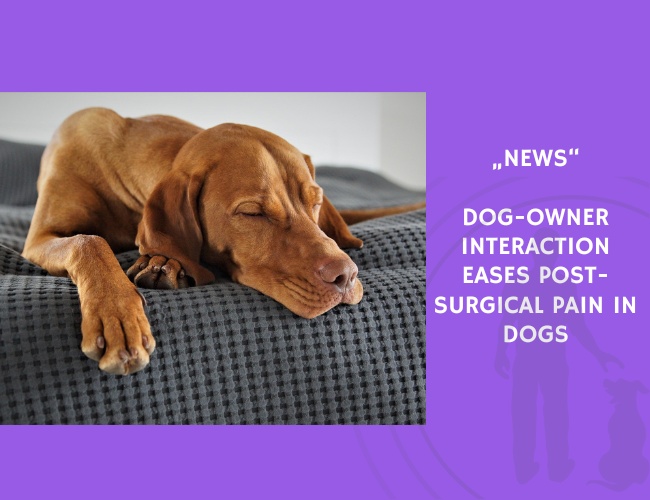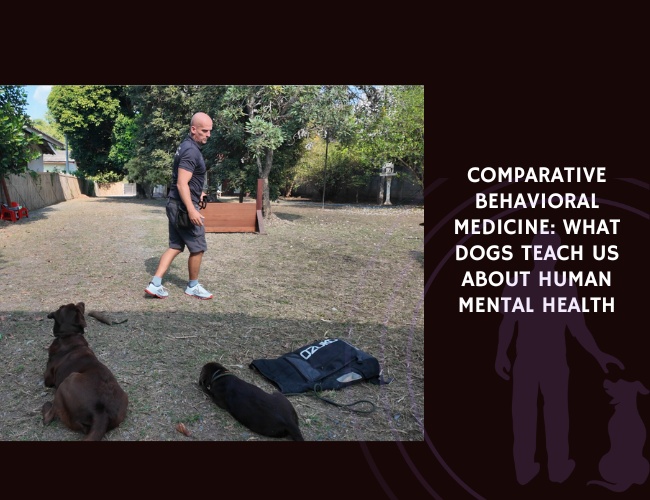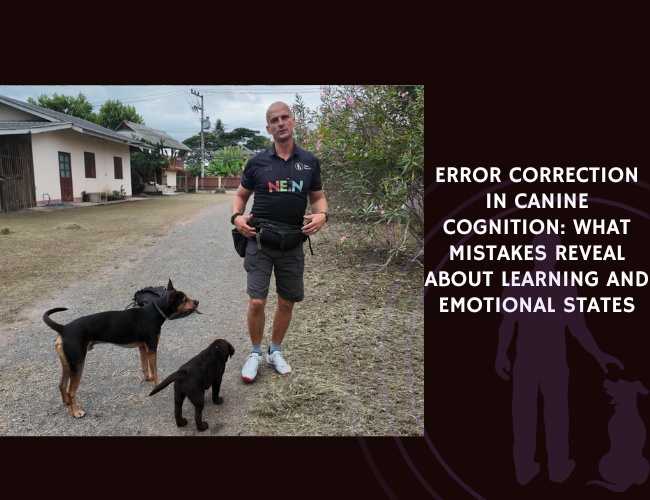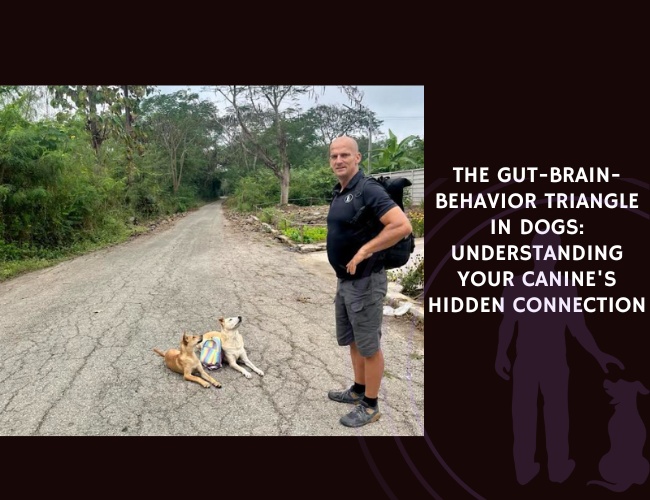Lazard et al. (2024) investigated whether a dog’s interaction with its owner can influence post-operative pain perception and stress (POPPS). The study focused on bitches undergoing routine ovariohysterectomy, a common elective surgical procedure. A total of 18 dogs were randomly divided into two groups: one group (VPS, n = 8) received a 45-minute visit with their owners after surgery, while the other group (NVPS, n = 10) did not.
Pain and stress were measured using the validated Short Form of the Glasgow Composite Measure Pain Scale (CMPS-SF), which assesses acute pain based on behavioural indicators. The results showed a significant reduction in pain and stress in the VPS group compared to the NVPS group one hour after recovery from sedation (T3). Dogs in the VPS group showed fewer signs of being “Nervous/Anxious/Fearful” and more signs of being “Happy and Content”.
Additionally, the study measured behavioural inactivity. The VPS dogs demonstrated lower inactivity rates following owner interaction, suggesting that the presence of owners not only reduced stress but also encouraged more positive, active behaviour during recovery.
These findings support the idea that non-pharmacological strategies, such as human-animal bonding and emotional support, can complement traditional pain management protocols. The researchers conclude that owner presence during post-surgical recovery may be a simple yet powerful tool to improve welfare and recovery outcomes in companion animals.
Source: Lazard, D., Temple, D., Palma, E., Diaz, A. C., Rosado, M. B., Medrano, M., Ruiz, R., & Amat, M. (2024). Effect of dog-owner interaction on post-operative pain perception and stress of dogs and variability in their behavioural patterns. Animal Welfare, 33. Authors: Deborah Lazard, D. Temple, E. Palma, A. C. Diaz, M. B. Rosado, M. Medrano, R. Ruiz, M. Amat. Journal: Animal Welfare.










